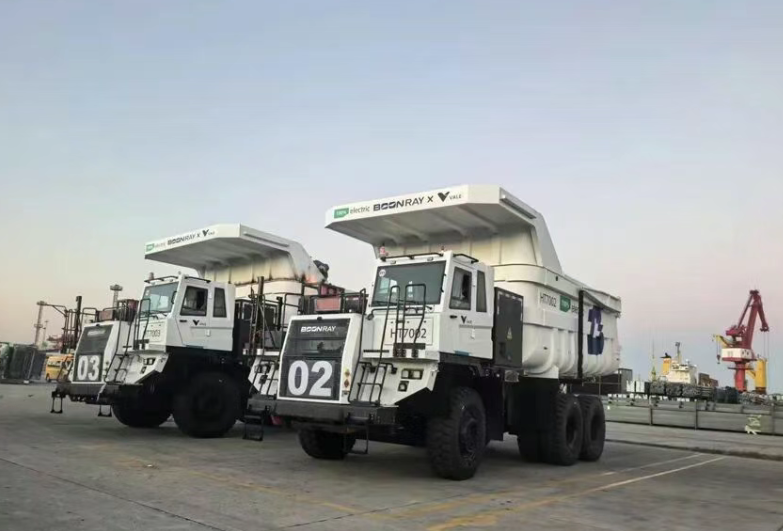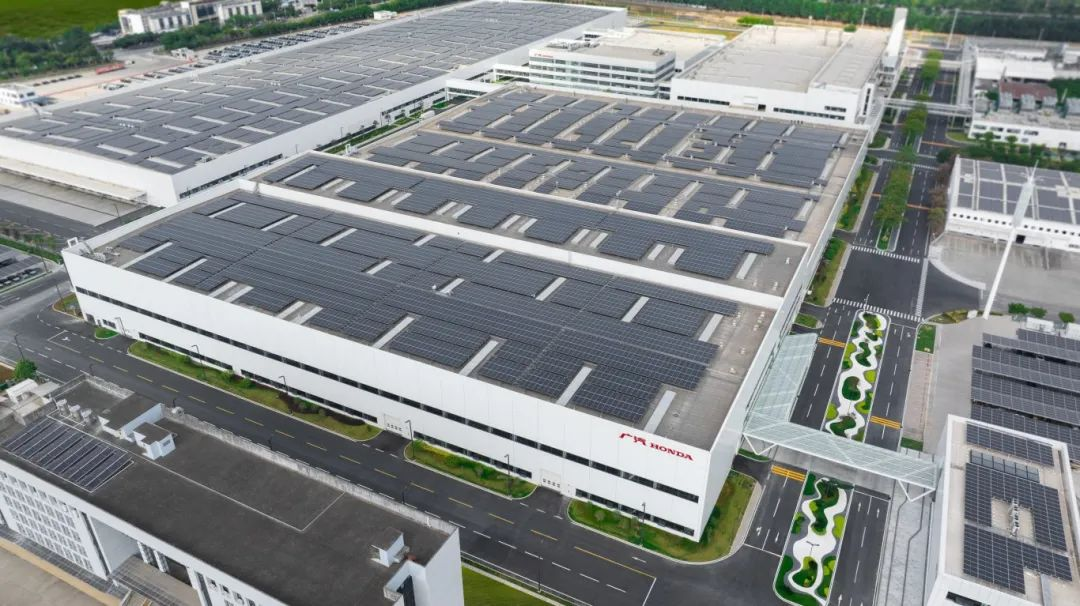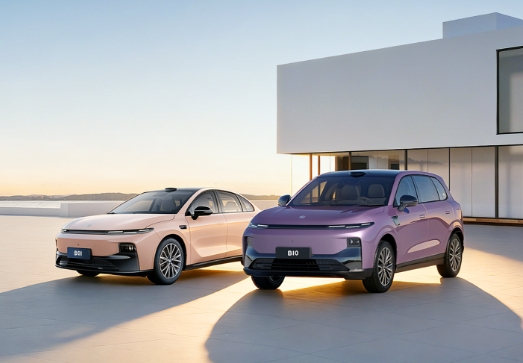When we talk about SAIC Motor, we all agrees that it has made great progress in overseas markets, becoming a leading example of Chinese cars going global.
With many years of experience in global business expansion, SAIC Motor reached the milestone in 2022, with over one million vehicles sold in both new energy vehicle and global markets. In 2023, SAIC Motor's overseas sales continued to rise, reaching 1.2 million vehicles to reflect an 18.8% increase from the previous year, and topping Chinese automakers for the eighth consecutive year.
Apart from its success in overseas markets, SAIC Motor has also been focusing on developing its own brands and new energy vehicle business in recent years. Together with the global market, these efforts have become the main driving forces of SAIC Motor's future growth.
Hi, welcome to Gasgoo. In this episode of the Wheels of Change: Stories of Chinese Auto Giants series, we will introduce SAIC Motor.
Bringing technologies through joint ventures, era for technology introduction
In 1958, Shanghai Automobile Assembly Plant, which was formed by merging small local workshops, successfully trial-produced its first car, named Phoenix.
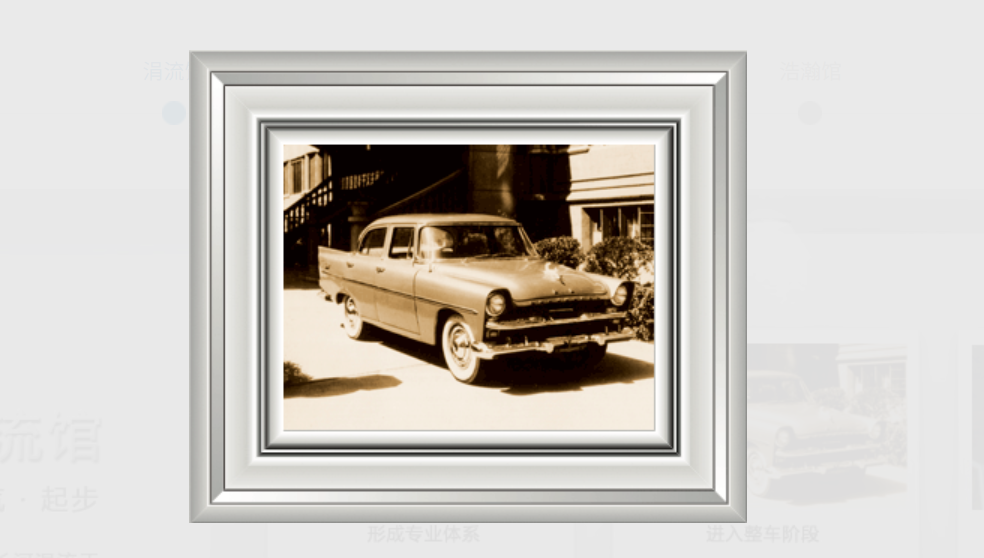
First Phoenix car successfully trial-produced in Shanghai; photo credit: SAIC Motor
By 1976, the Shanghai brand had achieved an annual production volume of 2,500 cars, becoming the only Chinese company at that time with the ability to mass-produce thousands of cars annually and having its own assembly line.
However, there was still a huge gap compared to the global advanced level in automobile manufacturing.
During the reform and opening-up period, China began to encourage the introduction of foreign technologies. In June 1982, SAIC Motor and Volkswagen signed a CKD (Completely Knocked Down) assembly agreement and purchase contract for Santana. In April 1983, the first Santana was assembled successfully. In March 1985, Shanghai Volkswagen Automotive Co., Ltd. was officially established, becoming China’s first joint-venture project to introduce foreign technologies. That same year, Santana was officially put into production as the first joint-venture-made car in China's automobile industry.
In September 1986, Shanghai Volkswagen already produced 10,000 Santana cars, but the localization rate was only 3.9%. If it continued to rely on the CKD model, all efforts to "exchange market access for technology" would become meaningless.
In 1987, China's central government made it clear that if the localization rate of Santana did not reach 40% within three years, Shanghai Volkswagen would be shut down. SAIC Motor also understood that CKD was only a temporary measure, sourcing Santana's parts locally was essential.
To increase the localization rate, the Shanghai Municipal Government implemented six special preferential policies for auto parts suppliers and raised billions of RMB for a localization fund. It also integrated the Shanghai car brand’s suppliers into the Santana’s supply chain, introduced Volkswagen's production line equipment, and expanded the supply chain nationwide, breaking away from the constraints of the planned economy. At that time, some Chinese military companies were also transitioning to civilian production and were willing to cooperate with Shanghai Volkswagen.
Thanks to the relentless efforts from all parties, the localization rate of Santana surged from 3.9% in 1986 to 60.09% in 1990, completing the process of localizing basic components. By the end of 1991, significant progress had been made, with the approval rate for tooling samples and the share of locally sourced auto parts had reached 83.35% and 70.37%, respectively which marked the initial localization of the engine, body, transmission, front axle, and rear axle.
SAIC Motor did not stop at the success of Santana's l. It decided to introduce another mid-to-high-end car through a joint venture. After considering such factors as support for locally-sourced parts, the import price of CKD materials, and technology transfer costs, General Motors became SAIC Motor's second joint venture partner.
In 1997, Shanghai General Motors Co., Ltd. and Pan Asia Technical Automotive Center Co., Ltd. (PATAC) were officially established as joint ventures between SAIC Motor and General Motors, with each party holding 50% of the shares. In December 1998, the first China-made Buick New Century car rolled off the production line. By April of the following year, the car had passed the certification for 40% localization rate and officially gone into mass production.
As China's first joint-venture professional automotive design and development center, PATAC has continuously contributed to enhancing local design and engineering development capabilities. Early popular models in the Chinese market under the Chevrolet, Buick, and Cadillac brands fully embodied PATAC's efforts to combine traditional Eastern cultural elements with modern Western design concepts. Additionally, PATAC has become a prestigious training ground for Chinese automotive engineers, cultivating and providing a large number of talents for the development of China's automotive industry.
Building self-owned brands to enhance competitiveness
Entering the 21st century, creating competitive self-owned car brands and product development systems has become a major strategic task for SAIC Motor and it has to speed up independent innovation and improve core competitiveness.
Currently, SAIC Motor's business mainly covers vehicles, auto parts, mobility services, finance, international operations, and innovative technology. Among the vehicle business, there are both self-owned brands and joint-venture brands.
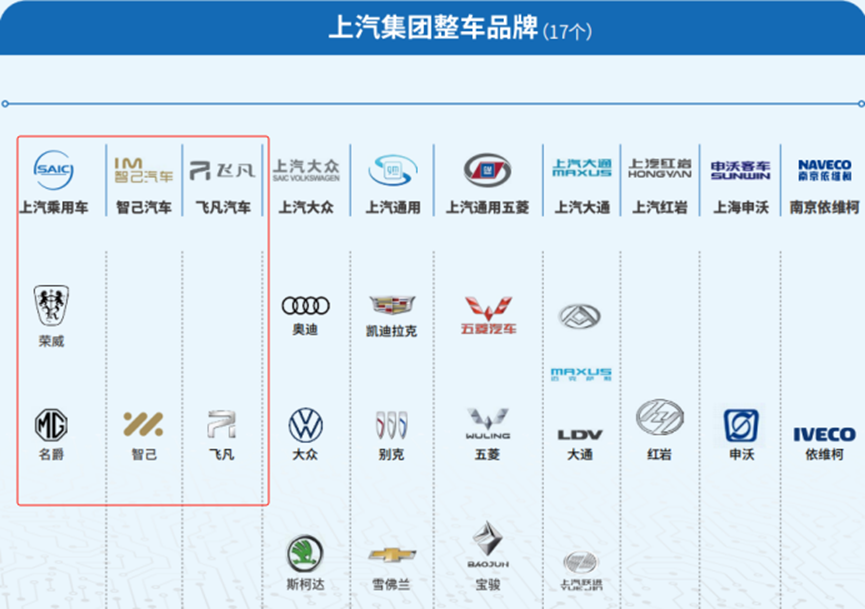
SAIC Motor's brand portfolio; photo credit: SAIC Motor
Focusing on the passenger car market, SAIC Motor's self-owned brands mainly include Roewe and MG under SAIC MOTOR Passenger Vehicle Company, RISING Auto (formerly R Auto), which started operating independently in 2021, and IM Motors, launched in 2021. SAIC Motor has clarified the positioning of its brands. Roewe aims to be the “preferred new energy vehicle brand” for Chinese consumers. MG is positioned as a “globally renowned automotive brand,” leading the way in overseas expansion, accounting for over 50% of the group's total exports in 2023. IM Motors is positioned as a “premium all-electric smart vehicle brand,” while RISING Auto focuses on “mid-to-high-end all-electric models,” taking on the task of higher volume production.
Specifically, in 2004, SAIC Motor acquired the core intellectual property rights for the Rover 75 and 25 models, along with the K-series gasoline engines and L-series diesel engines, for 67 million pounds. In 2006, SAIC Motor launched its wholly-owned brand Roewe, which then introduced its first model, the Roewe 750, based on the Rover 75 platform. In 2007, SAIC Motor signed a cooperation agreement with Nanjing Yuejin Motor (Group) Corporation, integrating the Yuejin, IVECO, FIAT, and MG brands into SAIC Motor. MG, a century-old British brand, has played a crucial role in SAIC Motor's growth journey.
Through these acquisitions, SAIC Motor now owns the Roewe and MG brands, both with British heritage, along with complete intellectual property rights and production capabilities.
However, the real transformation for SAIC Motor's self-owned brands began with the launch of the Roewe RX5 model.
In July 2016, SAIC Motor and Alibaba Group introduced the Roewe RX5 model equipped with the YunOS operating system.
Touted as the “world's first mass-produced Internet car”, the Roewe RX5 was a market hit upon its release, accumulating over 10,000-unit sales in three months and over 20,000 units in four months. It frequently ranked among the top ten SUV models by sales and even reached the top three at its peak, with cumulative sales exceeding 550,000 units in less than three years.
Building on the RX5's success, Roewe expanded its lineup with the i6 and i5 sedans and the RX3 and RX8 SUVs. The Roewe i5, with its attractive design and high cost-effectiveness, quickly became a hotter-selling A-segment sedan, with monthly sales exceeding 10,000 units. These models enriched Roewe's product lineup, covering A-segment to B-segment sedans and small- to mid-sized SUVs.
In 2019, due to a sluggish market and intensified competition among China-made SUV models, sales of the RX5 declined, leading to a drop in the brand's overall sales. Roewe responded by launching new models like the RX5 MAX, the iMAX8 MPV, the A00-segment full-electric car CLEVER, and the all-electric station wagon Ei5, along with several facelifts to diversify its product range. However, none of them achieved the blockbuster success of the RX5 and i5. Coupled with the impact of the pandemic, Roewe's sales fell to 386,400 units in 2020.
That same year, Roewe introduced the new “lion” badge to maintain its "Internet car" image while striving to appeal to younger consumers. Unfortunately, these efforts did not produce significant results, and sales continued to decline.
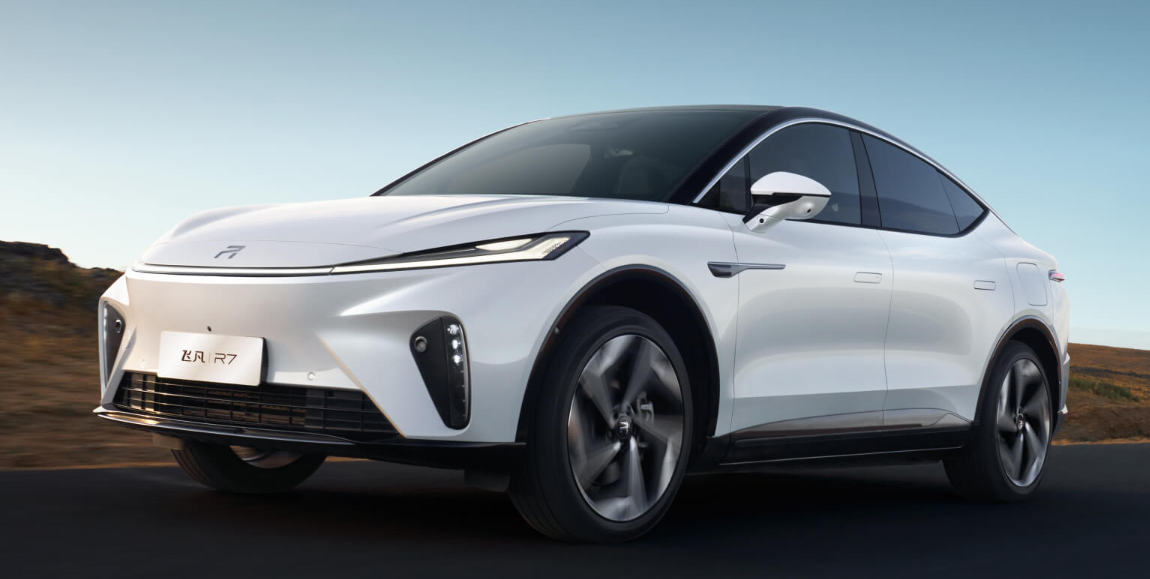
2024 RISING R7; photo credit: RISING Auto
In October 2021, SAIC MOTOR Passenger Vehicle Company spun off its R Auto brand, which began operating independently as RISING Auto. Positioned as a mid-to-high-end all-electric brand, RISING Auto explores new data-driven and co-creation models. In terms of core technologies, RISING Auto is committed to in-house R&D, pioneering its Extreme Intelligence Strategy in intelligent cabins, intelligent driving, and intelligent electric systems. It collaborates closely with top global suppliers like ZF Group and NVIDIA, using redundant design to enhance new models. In September 2022, RISING Auto launched the R7, offered in four trim levels priced between 302,500 and 369,500 RMB.
Riding on the success of the Roewe RX5, in 2020, SAIC Motor partnered again with Alibaba Group and Zhangjiang Hi-Tech to launch IM Motors, which is positioned as a high-end intelligent electric vehicle brand.
In March 2022 and February 2023, IM Motors released the L7 and LS7 models, both priced over 300,000 yuan, targeting the premium intelligent car market. However, for a long time, IM Motors struggled to break into the top tier, with single model monthly sales hovering around a thousand units.
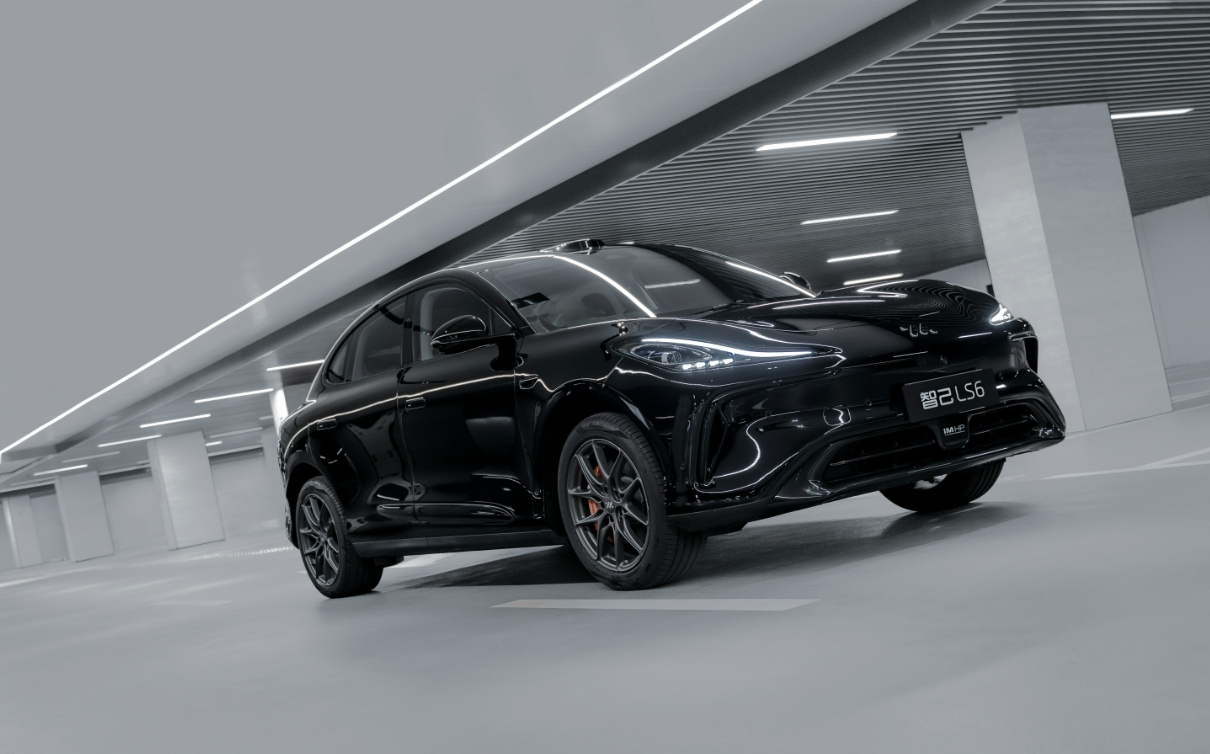
IM LS6; photo credit: IM Motors
The turning point came with the launch of the IM LS6 model. In its first month on the market, the LS6 recorded a sales volume 3,627 units, and by November 2023, its monthly sales had risen to 8,156 units. Thanks to a strong year-end performance by the LS6, IM Motors surpassed the 10,000-unit monthly sales mark in December, reaching 10,412 units, 9,878 units of which were contributed by the LS6.
In 2023, IM Motors sold a total of 38,253 vehicles, marking a year-on-year increase of 665%.
However, distinguishing between IM Motors and RISING Auto has become a challenging task for SAIC Motor.
In 2023, SAIC Motor sold 5.02 million vehicles, ranking highest among Chinese automobile groups for eighteen consecutive years. Its self-owned brands recorded an annual sales volume of 2.77million units, making up over 55% of the group's total sales, a growth of 2.5 percentage points from 2022.
In 2023, SAIC Motor's major joint ventures—SAIC Volkswagen, SAIC-GM, and SAIC-GM-Wuling—faced some declines in sales due to the impact of China's homegrown brands and new energy vehicles. SAIC Volkswagen sold more than 1.2 million vehicles, down 8.01% year-on-year; SAIC-GM sold 870,000 vehicles, down 16.1% year-on-year; and SAIC-GM-Wuling sold 1.4 million vehicles, down 12.31% year-on-year.
As a result, transitioning to new energy vehicles has become crucial for joint ventures to remain competitive in China.
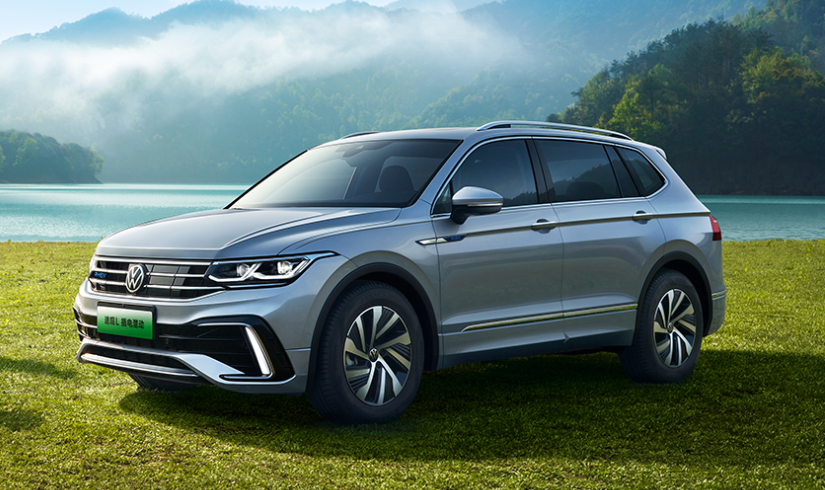
Tiguan L PHEV; photo credit: SAIC Volkswagen
As a leader among joint ventures, SAIC Volkswagen has adopted a number of innovative marketing strategies in the new energy vehicle sector. Since 2020, it has launched new energy vehicle models like the Tiguan L PHEV, Passat PHEV, and Lavida EV, refreshing the brand with the ID. series as the anchor.
It also broke the misconception that gasoline cars and smart technologies are incompatible by launching the Tiguan L Pro, helping boost its oil-fueled vehicle sales. In April 2024, SAIC Volkswagen's overall sales reached 92,000 units, up 4.2% year-on-year, with new energy vehicle sales exceeding 10,000 units, which surged 56% over a year ago.
SAIC-GM's main brands—Cadillac, Buick, and Chevrolet—continue their mass-market brand positioning, focusing on cost-effectiveness in new energy vehicle models. However, due to the lack of continuous launch of new products and unstable pricing strategies, their market performance has been average.
SAIC-GM-Wuling has faced significant challenges in its traditional market and is now actively expanding from A00-segment to A-segment battery electric vehicles to broaden its market presence.
Embracing new energy vehicles to drive business growth
As a pioneer in the traditional automobile industry, SAIC Motor is also one of the earliest companies in China to venture into new energy vehicles. As early as 2001, SAIC Motor launched the Phoenix No.1 fuel cell vehicle project.
In 2009, SAIC Motor held a conference where it set clear timelines for the industrialization of hybrid electric vehicles, plug-in hybrid electric vehicles, and battery electric vehicles under its own brands. In 2017, SAIC Motor's in-house developed first-generation EDU (electric drive unit) hybrid technology won the second prize of the State Science and Technology Awards. It was not only the unique automotive project to win that year, but also the first time new energy vehicle technology received a national-level science and technology award.
At the Auto Shanghai 2023, SAIC Motor unveiled its Three-Year Action Plan for New Energy Vehicle Development. According to the plan, by 2025, SAIC Motor aims to achieve annual sales of 3.5 million NEVs, a 2.5-fold increase from 2022, with an annual compound growth rate of 50%. Of these, its self-owned brands will account for 70% of the total new energy vehicle sales, basically completing the transition from traditional oil-fueled vehicles to new energy vehicles.
In the new energy vehicle sector, SAIC Motor owns brands like Roewe, MG, Wuling, and Baojun for the mass market. On the higher end, RISING Auto and IM Motors lead the way. By leveraging its wholly-owned brands, SAIC Motor is speeding up its transition in the new energy vehicle field. From 2021 to 2023, SAIC Motor's new energy vehicle sales reached 732,600 units, more than 1 million units, and 1.123 million units, respectively, with year-on-year growth rates of 128.93%, 45.92%, and 4.61%. In the first quarter of 2024, SAIC Motor sold over 210,000 new energy vehicles, up 47.9% year-on-year. Of those, 168,000 units were sold in the domestic market, showing a spike of 117.5% year-on-year.
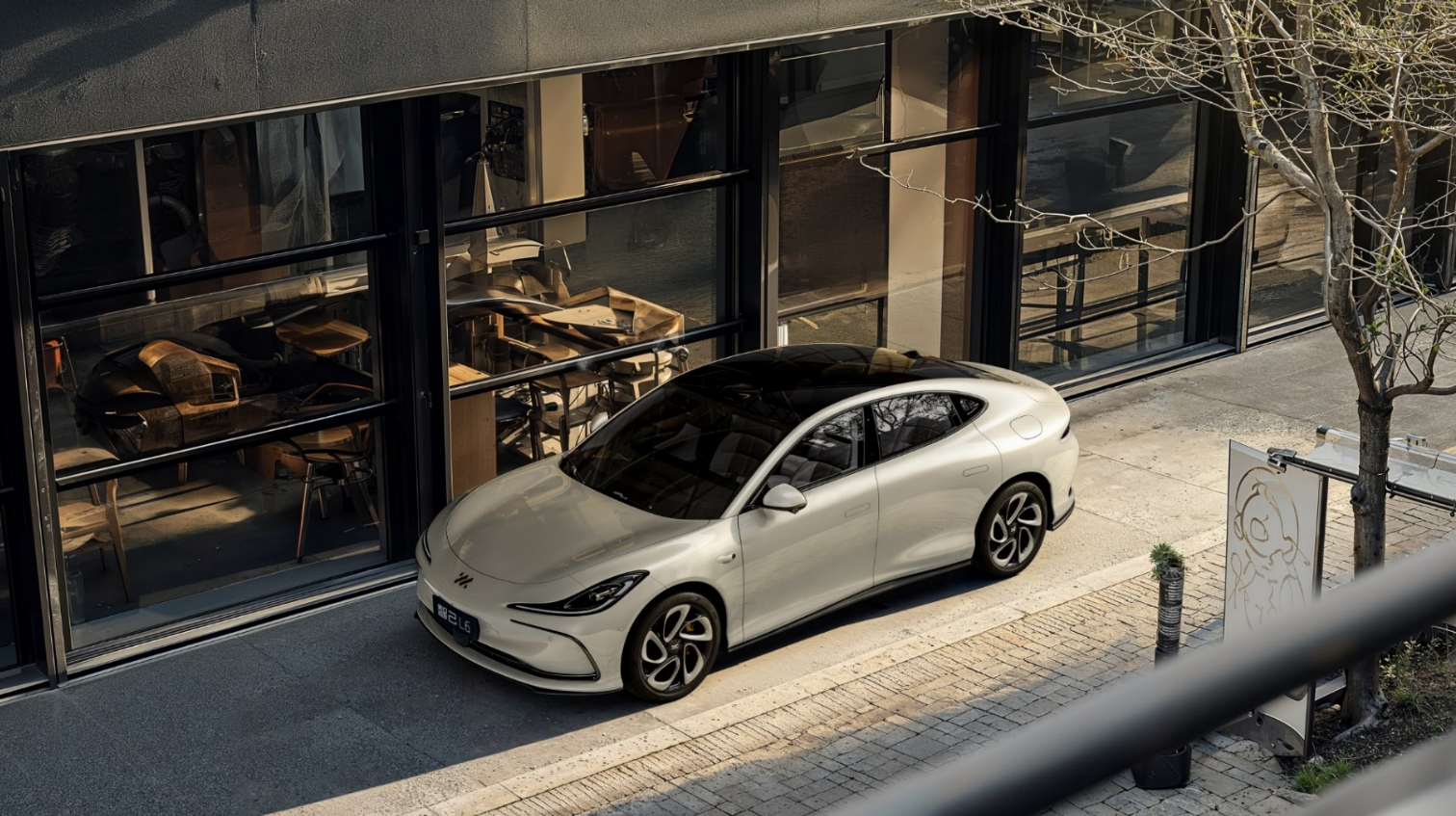
IM L6; photo credit: IM Motors
On April 8, IM Motors officially launched the “super intelligent sedan” IM L6 and began pre-sales, receiving over 10,000 units of orders within 23 hours. As a pioneering model for next-generation smart cars, the IM L6 features the Lingxi digital chassis, the first-generation Lightyear solid-state battery, and other innovative smart EV technologies, offering a comprehensive upgrade in intelligent driving, smart cabins, and intelligent control.
The capital market has shown strong support for IM Motors. Founded in 2020, IM Motors secured around 10 billion RMB in its initial financing round. In 2022, it completed its first round of market-oriented financing, reaching a post-investment valuation of nearly 30 billion RMB. In 2023, IM Motors bagged a 5-billion-RMB syndicated loan from 9 financial institutions. In March 2024, IM Motors raised over 8 billion yuan in its Series B equity financing, attracting investors such as CATL, Momenta, and QingTao Development.
Nevertheless, RISING Auto, SAIC Motor's another sub-brand focusing on smart electric vehicles, has had modest sales performance. In 2022, RISING Auto sold 14,500 vehicles, and in 2023, sales increased to 20,300 units. Currently, RISING Auto offers two models, the F7 and R7. If 10,000-unit monthly sales are regarded as the benchmark for a model to establish market presence, neither the F7 nor the R7 has managed to stand out in the highly competitive market.
One of the reasons for this is RISING Auto's unclear positioning.
RISING Auto's development can be divided into two stages. The first stage continued with models inherited from the Roewe brand, like the ER6 and Marvel R. However, these models often felt like they were repackaging the same old thing. To change this perception, R Auto was rebranded as RISING Auto one year after becoming independent.
The second stage saw the launch of the RISING R7 pure electric mid-to-large SUV that rides on a fire new architecture. Initially, the R7 was well-received, achieving over 10,000-unit orders within two weeks upon its launch. After a refreshed version showcased at the Auto Guangzhou 2023, the R7's monthly retail sales hit a new high of 3,099 units in December. However, the growth did not continue into 2024, with R7’s sales dropping to just 68 units in April.
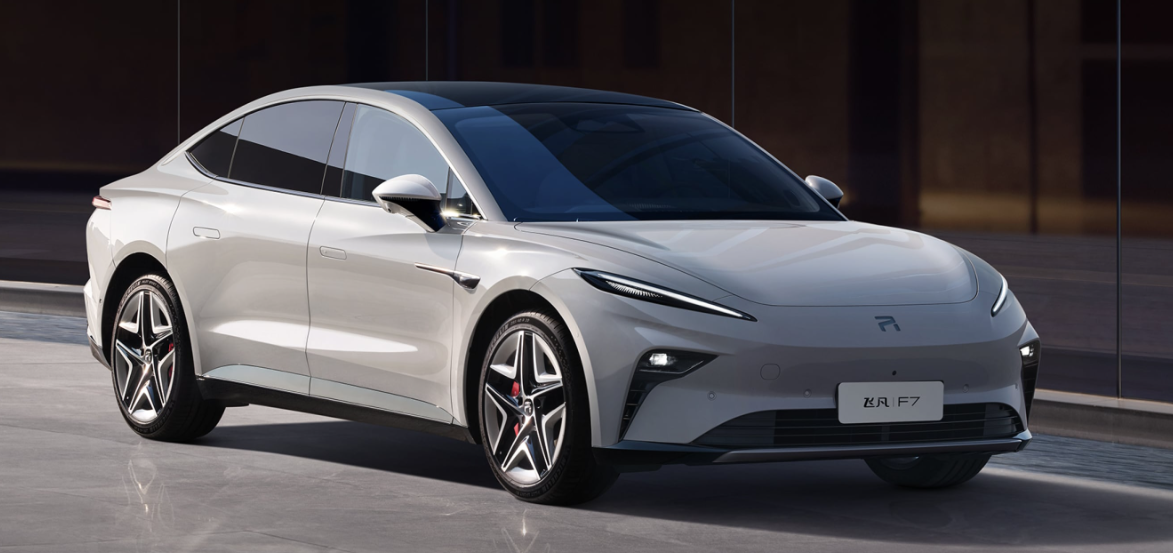
RISING F7; photo credit: RISING Auto
In terms of market positioning, IM Motors targets the high-end smart pure electric vehicle sector, while RISING Auto aims at the mid-to-high-end pure electric vehicle market. However, there is some overlap in their pricing. For instance, the IM LS7, launched in February 2023, starts at 309,800 RMB, which takes on the RISING F7, which was initially priced at 280,000 RMB during pre-sales. When the RISING F7 officially hit the market in March, its starting price was lowered to 209,900 RMB.
Mr. Wu Bing, former CEO of RISING Auto, said that the 200,000 to 300,000 RMB range is the core market for RISING Auto. However, with the IM LS6 tapping the 200,000-RMB market, there has been internal competition between IM Motors and RISING Auto. The IM LS6 is a mid-to-large SUV, while the RISING F7 is a mid-to-large sedan, both positioned similarly. Given that SUVs in the same segment are typically priced higher than sedans, the IM LS6 further squeezes the market space for the RISING F7.
If RISING Auto moves into the sub-200,000-RMB range, it would contradict its original mission to target the mid-to-high-end new energy vehicle market. Besides, it would also force Roewe to consider price reductions on new energy vehicles.
Despite ongoing innovation in its products, from the R7 to the F7, RISING Auto's offerings do not significantly outperform competitors, lacking a clear and distinctive identity.
Overall, while SAIC Motor's transition to new energy vehicles appears promising, the journey for its two main new energy vehicle brands remains challenging. For SAIC Motor, the path forward involves clearly separating Roewe, RISING Auto, and IM Motors, establishing distinct brand identities, and capturing market share.






